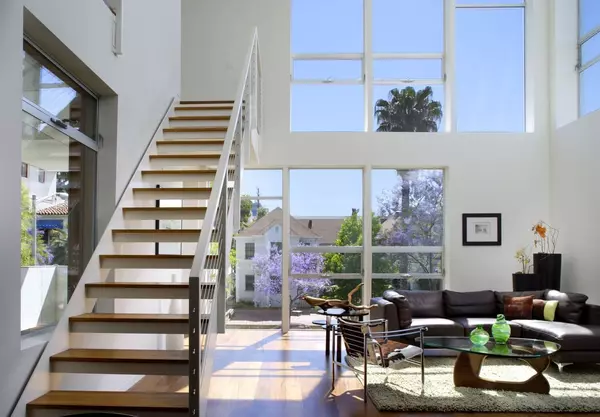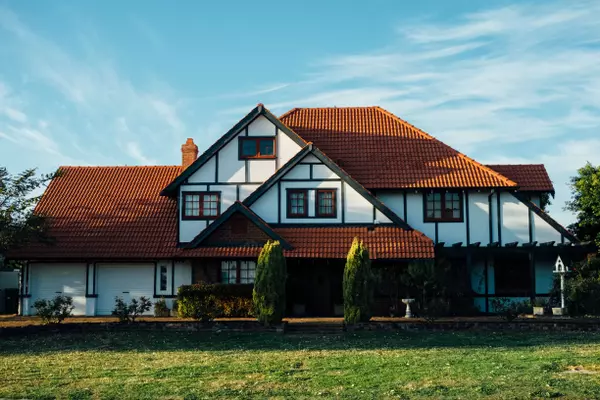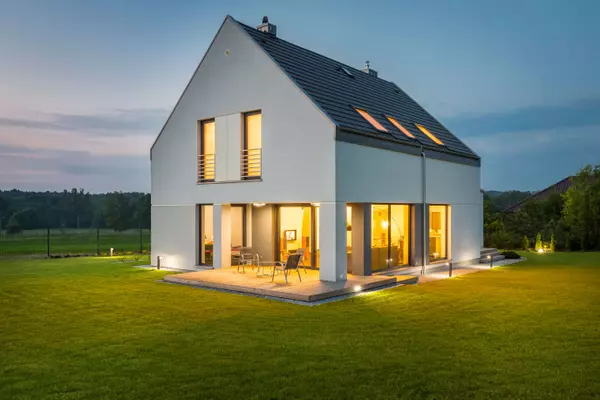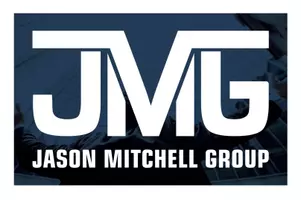Opinion: State’s updated building codes are reducing wildfire risks
As San Diegans know all too well — and as I’ve seen firsthand as the former head of Cal Fire — our state’s wildfire season has become an annual crisis exacerbated by climate change and development in wildland-urban interface areas.
Fueled by high temperatures, dry landscapes and erratic winds, wildfires now threaten communities across California year-round — and every fire season in our state feels like the worst one yet.
The devastation from January’s fires in Los Angeles only reinforced the public’s growing sense of vulnerability. But in the midst of fear, we’re overlooking a quiet, powerful success story: California has already developed a working model for wildfire resilience.
Since 2008, the state of California has enforced modern fire and building codes specifically designed to protect new construction in fire-prone areas. These standards require ignition-resistant building and landscape materials, defensible space, and better fire access and vehicular routing.
The results are in: Homes built to these codes make up less than 1% of total fire losses across the state. Most of the affected homes were in older “legacy” communities developed before 2008, whereas master-planned communities built after 2008 have experienced no significant fire losses.
These are not abstract regulations — they are real-world protections that help us all. When applied correctly by local fire authorities utilizing their experience and judgment, they replace flammable terrain and outdated infrastructure with fire stations, widened evacuation routes, water supplies and homes that are specifically built to resist ignition.
These communities don’t just survive fire — they help stop it. Once again, in 17 years, with tens of thousands of homes built, there has been no significant fire loss in any master-planned community constructed to these standards.
Meanwhile, too many areas in San Diego County and across our state remain dangerously unprepared and vulnerable. These are older neighborhoods built before modern codes and choked with drought-stricken brush. They lack basic fire defenses like viable access roads or emergency water. No wonder they often bear the brunt of wildfire destruction.
Some advocates have misunderstood the purpose of Fire Hazard Severity Zones, mistakenly using these maps to argue against development altogether. But Fire Hazard Severity Zones are a tool for identifying where higher standards of remediation and resilience are most needed — not a red line against building.
Anti-housing activists have begun skewing their discourse toward a new misconception: that development of homes in these areas should be halted altogether. Comparing wildfire incidents in older communities to newer, fire-hardened neighborhoods is not just misleading; it’s unfair.
The truth is this: We need fire-safe, master-planned communities more than ever, both to provide housing and to ensure residents’ safety in the face of increasingly dangerous fire seasons. Denying safe, code-compliant construction only worsens the state’s dual crises of wildfire preparedness and housing.
The path forward is clear:
1. Build new homes to modern fire codes, especially in high-risk zones.
2. Retrofit existing homes wherever feasible, with ignition-resistant materials and defensible space.
3. Support certification programs like those from the Insurance Institute for Business and Home Safety, which verifies that homes meet or exceed fire-resistance standards.
4. Reframe fire preparedness as a core part of responsible homeownership — not a luxury expense.
We must also recognize the strategic advantage of new development: Master-planned communities can act as buffers, shielding older neighborhoods and providing areas of refuge from encroaching fires while providing urgently needed housing.
As a fire professional with nearly 50 years in fire safety, I wouldn’t choose to live in a high fire-risk area unless it was in a community built to these newer standards. It’s time for San Diego and all of California to adopt a more nuanced view of development in fire-prone areas, one that considers the housing crisis, wildfire risks and the effectiveness of fire-safe community design.
California’s housing crisis and wildfire threat may seem to be on a collision course, but halting development in high-risk areas is not the solution. If we’re serious about living with wildfires — as we must be — then fire safety must become a cultural norm, a building standard and a planning imperative.
San Diego County doesn’t need to start over. It just needs to scale up what already works.
Grijalva is former California state fire marshal and was director of CalFire under the Schwarzenegger administration. He lives in Roseville.
Categories
Recent Posts










GET MORE INFORMATION


